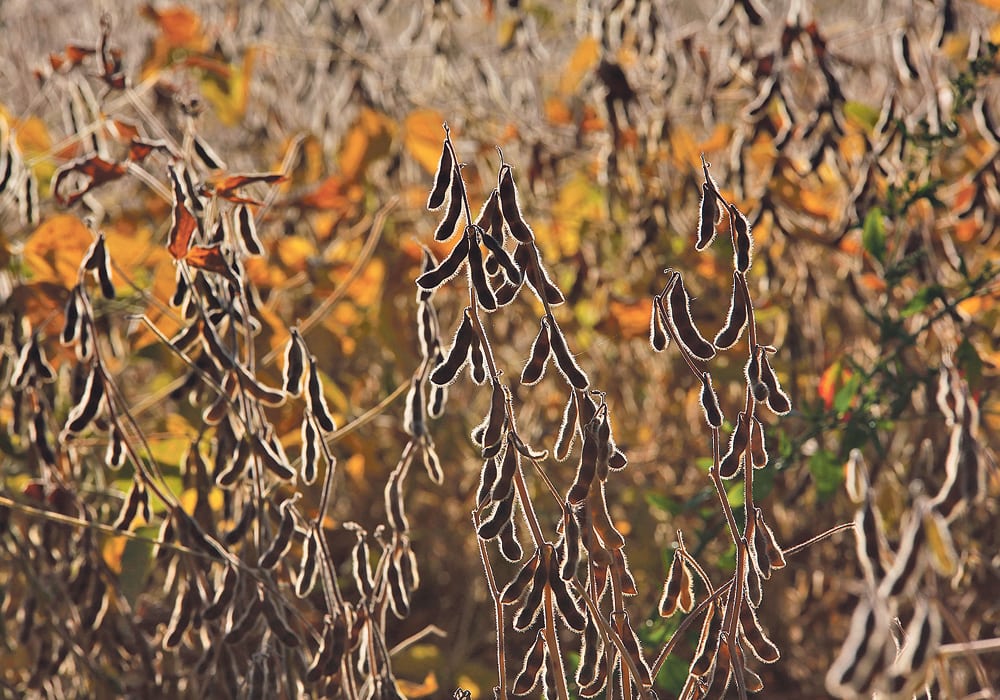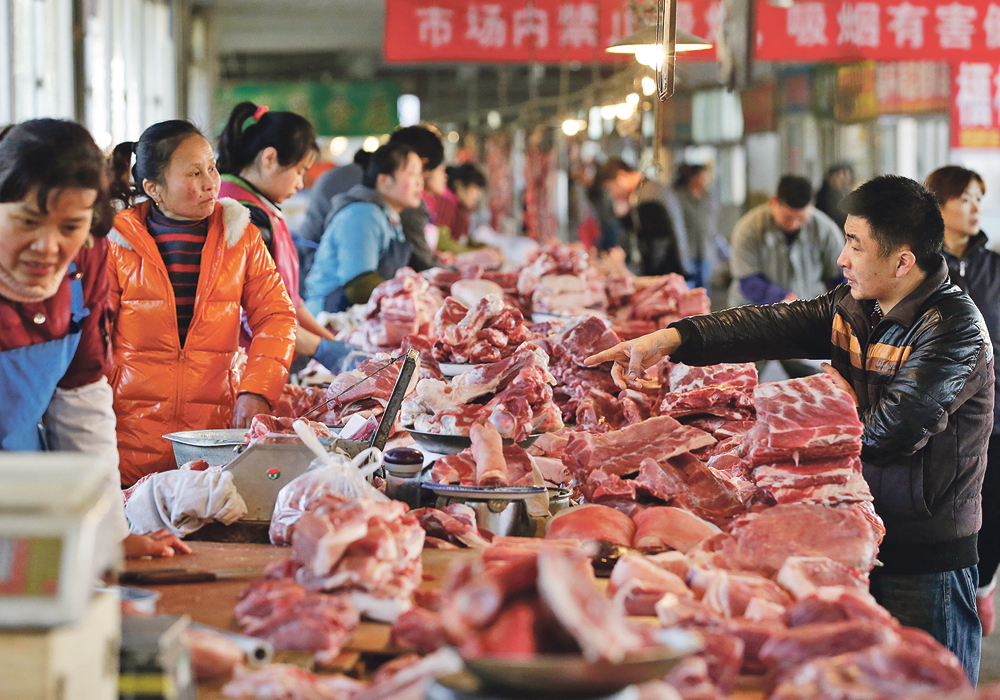The United Sates Department of Agriculture surprised the market last week with yield forecasts for corn and soybeans that posted new records and were larger than expected.
Corn futures fell particularly hard on the monthly report but soybean prices hung on, based on reports that the U.S. had reached out to China to resume talks on their trade disputes.
I probably sound like a broken record on this, but I worry that the oilseed market might be overly confident that China’s soybean buying this year will hardly change even though the Chinese keep saying that they are going to cut back because of the trade war with the U.S.
Read Also

Huge Black Sea flax crop to provide stiff competition
Russia and Kazakhstan harvested huge flax crops and will be providing stiff competition in China and the EU.
It might emerge that a key factor will be not only that China buys fewer U.S. soybeans but will cut soybean imports from all sources, resulting in rising year-end global stocks.
This is important for Canadian canola growers because their price is strongly influenced by soybean prices. Last week, I wrote about the hard times facing Canadian hog producers because of the trade disputes the U.S. has with Mexico and China and I fear a similar situation could develop for canola growers. However, the situation with hogs has since eased somewhat.
The USDA certainly is keeping up a brave face. Its latest monthly report sees China importing 94 million tonnes of soybeans, steady with what they imported in 2017-18.
It forecasts that the U.S. will export a little over 56 million tonnes of soybeans to the world. That is down close to two million tonnes from last year so it is a bit of a concession to the strained relations with China.
It figures that China will increasingly turn to Brazil for its supply this year and will cut its demand from other suppliers, mostly the U.S., by about four million tonnes compared to last year.
But the USDA thinks that trade opportunities outside of China will open up for the U.S. because so much of Brazil’s crop will be tied up going to China.
The experience at the end of the 2017-18 U.S. crop marketing year seems to back this up. U.S. sales to China did fall in the weeks following the tariff imposition, but the declining price of U.S. soybeans caused other buyers to step in and pick up bargains and overall sales were higher than expected.
And looking ahead, as of Sept. 6 sales of U.S. soybeans on the books for delivery in the current crop year stood at 16.12 million tonnes, slightly better than the 15.84 million at the same point last year. The improvement comes even as booked sales to China have fallen to 1.39 million tonnes compared to 6.57 million at the same time last year.
However a procession of Chinese livestock feeders and agricultural officials paint a much different picture.
Just hours before the USDA issued its report, China’s ministry of agriculture and rural affairs issued its monthly crop supply and demand tables.
It slashed its expected soybean imports by 10.2 million tonnes to 83.65 million compared to its previous month report. That is also about 10 million tonnes less than the current USDA forecast.If China can cut imports and consumption, will global ending stocks climb, putting downward pressure on prices?
The USDA currently forecasts global year-end soybean stocks at 108.26 million tonnes, up from 94.74 million at the end of 2017-18.The Chinese government says it can use other protein meals to substitute for soy meal.
The state controlled Xinhua news agency on Aug. 19 quoted an official with the state-owned grain trader COFCO saying it had “made inquiries on canola, cottonseed and sunflower seed meals with countries including India, Canada, and Ukraine to fill in the gap left by reduced U.S. imports.”
It quoted an official with a major Chinese soybean processing enterprise saying that imported canola meal set to arrive in December was cheaper than domestic soymeal prices.
Earlier in August the China Daily quoted the technical supervisor at a feed manufacturer saying that hog feed rations could increase the use of lower protein feed supplemented with lysine to reduce the need for soy meal.
Soybean demand could also be reduced by the fact that the key buyer, China’s hog producers, were already trimming their herds because recent overproduction had pushed hog and pork prices down.
And now the outbreak of African Swine Fever in China could cause further herd culling to limit its spread.
Still, analysts such as Thomas Mielke of Oil World note that American soybean prices have fallen so much that even with the tariff they are not much more expensive than Brazilian beans in China. So he thinks China will eventually buy U.S. beans. The potential fallouts from this U.S.-China are many and hard to predict.
For example, if China does buy more Canadian canola and canola meal it could stretch canola’s premium to such a level that other traditional canola buyers might start to substitute with cheaper U.S. soybeans.
Trying to think of all the ways the dominoes could fall is making my brain hurt.
But one thing I think is sure is that in the end, no one will come out the winner in all this disruption.

















